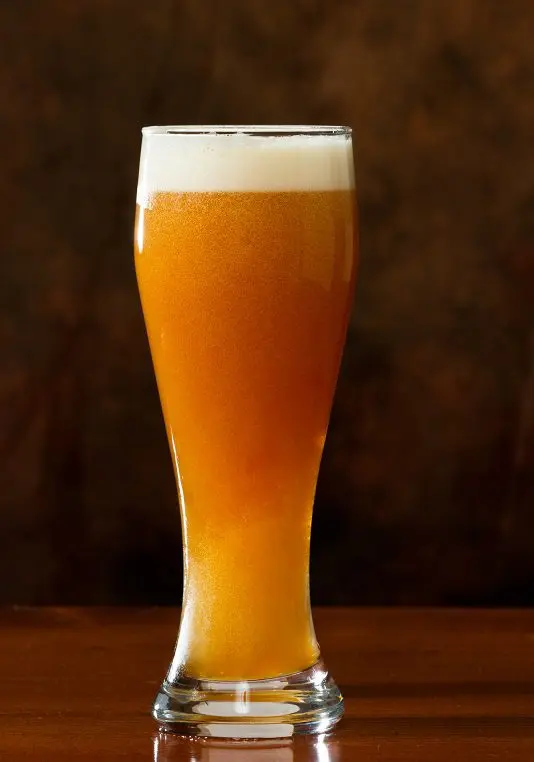Weizenbock is a rather young style, it appeared only in 1906, and this is not a historical heritage, but the author’s development of the Schneider brewery. The style is a stronger variation of Weissbier and Dunkelweizen, available both fresh and aged. It is always made with the addition of top-fermenting yeast, that is, it refers to ales.
A strong malt profile is clearly felt in the aroma, wheat malt gives tones of bread, grain, toast, caramel, Maillard reaction products can appear. Yeast adds nuances of cloves and banana to the bouquet, and with aging it acquires a touch of dried fruit. The hop profile is not pronounced, high ABV gives characteristic warmth but should not burn.
The bouquet is most pronounced malt, slightly yeasty, dark weizenbock chocolate tones are possible, but the roasted character is contrary to the standards of the style. The finish is mostly dry, the drink has a complex bouquet.
The color depends on the type of Weizenbock and varies from golden to rich brown with a red tint. Usually it is a cloudy beer with a yeasty suspension, in the glass it forms a dense, persistent foam.
The tongue feels full-bodied, the texture is creamy, and due to the high degree of alcohol, the drink has a warming effect. Weizenbock is classified as a “fizzy” beer, medium to high carbonation.
The grist consists of 50-70% wheat malt, the rest is Munich or Viennese varieties, pils. Yeast is used ale, hops – German.
The style is similar to Weissbier, Dunkelweizen and Doppelbock at the same time.

Strength: 6.5-9.0%.
Density: initial 1.064-1.090, final 1.015-1.022.
Bitterness Index: 15-30 IBU.
Color: 6-25 SRM.









